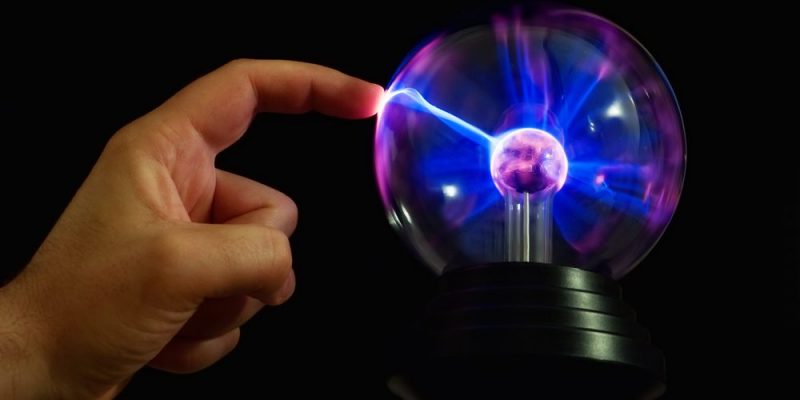We explain what electrostatics is, the study topics on which this branch of physics focuses and what electrostatic phenomena are.

What is electrostatics?
Electrostatics is a branch of physics that studies the effects produced in bodies as a consequence of their electrical charges or what is the same, the behavior of electric charges in a situation of equilibrium. This electric charge is responsible for the electrostatic effects (of attraction or repulsion) that are generated between the bodies that possess it.
Electrostatics arose long before it was understood that electricity and magnetism are related phenomena and that they must be studied together.
The ancient Greeks had already noticed the strange phenomena that arose from rubbing a piece of amber with wool or other fabrics, and how they attracted small objects with static electricity.
The formulation of Coulomb's Law in the 17th century and Maxwell's Laws in the 19th century gave definitive shape to this discipline of physics and laid the foundations for its inclusion in the formal study of physics. electromagnetism.
The object of study of electrostatics is static electricity defined as the phenomenon produced between two bodies that have accumulated an electric charge, either by induction or friction.
- Electrical charge by friction Certain objects can become electrically charged after being rubbed against each other, as this contact strips the external electrons from one and transfers them to the other. One object then becomes electronegatively charged, while the other becomes electropositively charged.
- Electric charge by induction This static electric charging mechanism does not require contact between materials. If a material is electrically charged with a negative charge and is brought close to an electrically neutral body, the electrons of the latter will be repelled by the excess of electrons in the first body and will move within the material until they are located as far away from the body as possible. loaded.
Electrostatic phenomena
Many everyday phenomena allow us to experience electrostatics, for example:
- When combing our hair If the comb has a certain type of insulating plastic material, repeatedly rubbing it against our hair will become charged with electrons and attract our hair, causing it to rise or stand on end. You can even use that charged comb to attract small pieces of paper.
- Dragging your feet across the carpet You should wear cloth stockings, so that static electricity accumulates in our body and then we can touch someone directly and feel a small electric shock between the skin.
- Rub a glass with a cloth If the cloth is thick enough, the glass (which is an insulator) will become electrically charged and attract small particles around it.





